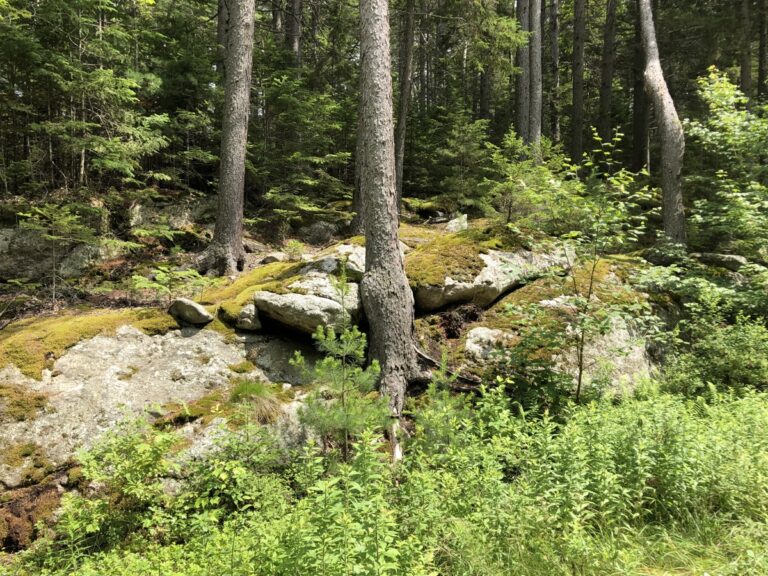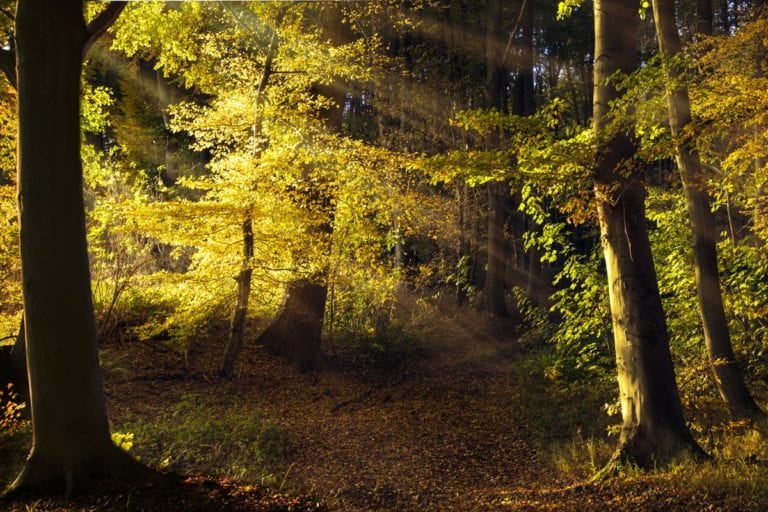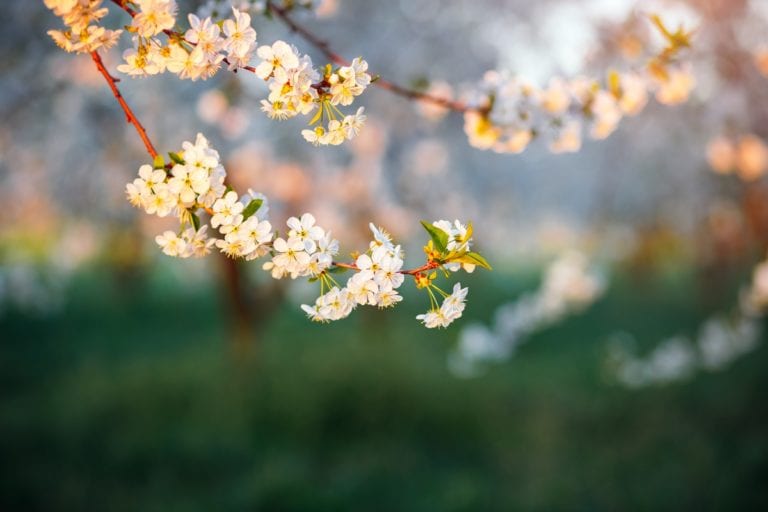Similar Posts

839th Week: Choosing Frequencies
I recently went on vacation with my sister for our annual time away together. As part of my preparation for the trip, I did a meditation in which I chose the qualities I wanted to resonate with throughout the trip. The primary frequency I chose was “flexibility”. During my daily life, I often choose the frequency of “kindness”, along with “flexibility”. What I want to share here is an interesting experience I had that I think makes consciously choosing frequencies with which to resonate in any given situation much more appealing.
At one point in the trip, a situation arose that in the past would have had me feeling constrained and a bit irritable. What I discovered was that I was relaxed and “going with the flow” in a way I hadn’t anticipated and in a way that required no self-management on my part. A response of being flexible naturally and spontaneously arose and then, the important thing I want to share here, is that I noticed that the quality and tone of my self-talk was different from how I would have expected it to be. I found myself telling myself that, “It’s all fine. No problem.” As I listened to those internal words, I found myself even more relaxed.
This all got me to thinking about how useful it is to have supportive self-talk spontaneously arise without having to exert any conscious effort for it to do so. I can only attribute the quality of the self-talk to my resonance with the frequency of flexibility. That tone and quality seemingly pervaded my psychological experience, along with my body, in ways that allowed me to move through the whole week with flexibility at the forefront of my responses.
Read More “839th Week: Choosing Frequencies”
731st Week: Wholeness
A friend sent me this quotation after a particularly violent and challenging week in American life and it touched into an awareness that’s been growing in me over recent years. There is so much suffering within our human family, so many acts of cruelty and violence around the world, and we are aware of so much more of it with the Internet. Because of this, it can be hard to remember wholeness, the wholeness inherent in our human family, when we see so many examples of how we, as a species, are capable of hurting one another.
I was very moved by the quotation from Howard Zinn and wanted to share it as part of this week’s practice. I think that it not only inspires but it also speaks to a powerful and ever-present truth: within wholeness there is more than whatever aspect of it is in the foreground at any given moment in time.
Here’s the quotation: Read More “731st Week: Wholeness”

May 2019 Audio Meditation
If you would like to have this audio meditation with photographs, here’s the youtube version:

766th Week: Cultivating a Sense of Humor
During the process of putting together my breakfast smoothie for tomorrow morning this evening, I suddenly noticed that I had the face of a cat in my face, paws of more than one cat all over the kitchen counters. I’m pretty strict about cats not being involved directly in my food preparation, but the person who stays with them when I’m out of town clearly has different rules than I do.
What struck me this evening was the depth of humor I inevitably touch into when the cats (I live with three of them) show up when I don’t expect them. The minute I realized that I had a cat’s head and paws in my immediate awareness, I noticed that I was spontaneously laughing and snuggling fur.
This got me to thinking about the benefits of cultivating a sense of humor over life’s inevitable glitches and moments of non-traumatic surprise. So many moments in any given day don’t go how we expect or want them to go. That doesn’t mean, though, that they can’t be moments of delight or fun.
Read More “766th Week: Cultivating a Sense of Humor”
908th Week: Practicing with Frequencies
I cannot say enough about frequencies and the role they play in our quality of life. One of the practices I use to shift frequencies touches on elements used by HeartMath, where breathing in and out through the heart is a standard aspect of their practices and I’d like to share it with you for this week’s practice in conscious living. I began this particular practice as part of my daily self-care routine. It originally arose as a means to help me invite my blood pressure into the numbers that I want to have at this stage of my life. What I noticed when I did this practice is that it not only accomplished what I had in mind, it also relaxed my whole bodymind being. That response reminded me of the importance of frequencies and how they affect the quality of our internal life.
So, here’s the practice and I invite you to see how it resonates for you. Also, I’ve chosen two frequencies—love and ease. These may not be the ones that touch you most powerfully, so see what works best for you as you explore this practice. Also, as a side note but a very important one, I think of spiritual teacher David Spangler’s comments about how useful it is to generate frequencies that are inhospitable to qualities we would rather not have in our lives and experience. That’s why it’s important for you to choose the frequencies that resonate most powerfully for you, in terms of what qualities you seek to experience internally.
Read More “908th Week: Practicing with Frequencies“